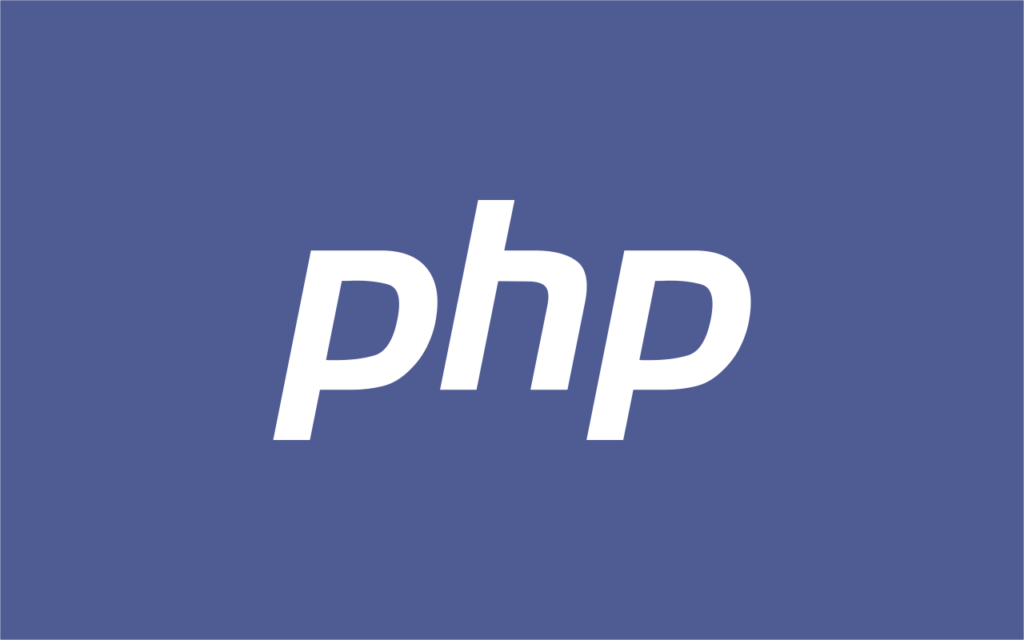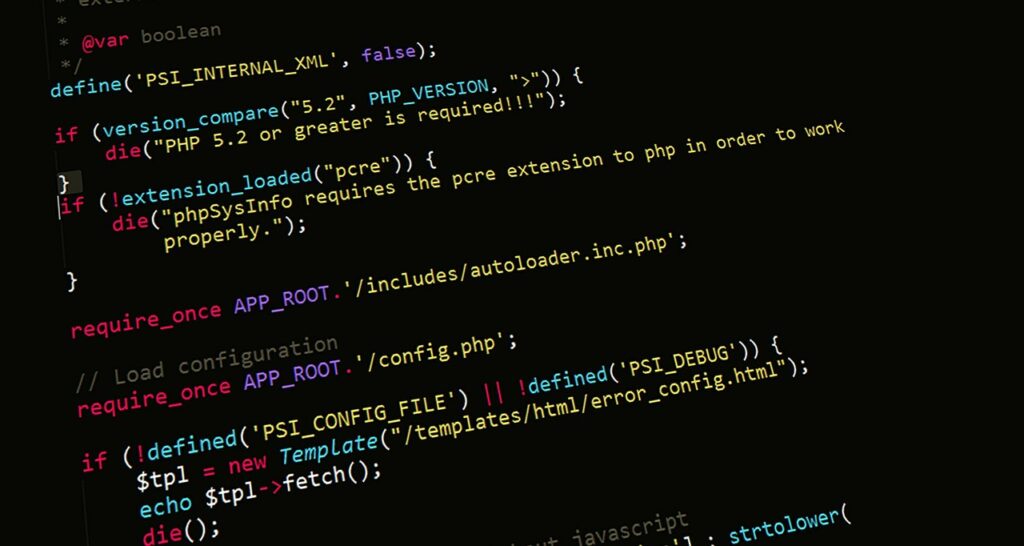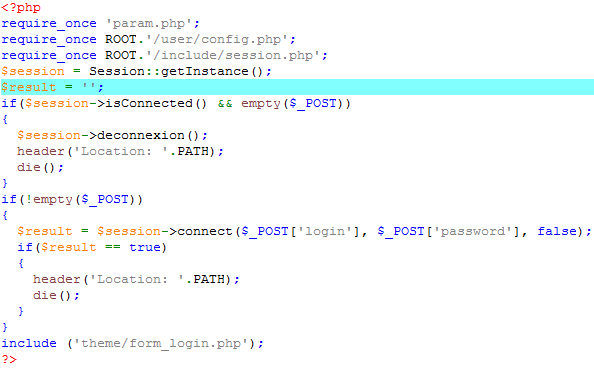PHP
WHAT IS PHP?
- PHP is a server-side scripting language used for web development, allowing the creation of dynamic web pages.
- It enables embedding of PHP code within HTML or other document types, facilitating the generation of dynamic content based on user input and database interactions.
- PHP has robust support for database integration, making it a popular choice for developing database-driven websites and applications.
- The PHP community is vast and active, providing a wealth of resources, documentation, and community support for learning and troubleshooting PHP development.

USE OF PHP
- PHP is used for server-side scripting, allowing dynamic generation of web content.
- It is widely employed in web application development, offering frameworks and libraries for efficient coding.
- PHP powers popular content management systems (CMS) like WordPress and Joomla, facilitating easy website management.
- E-commerce solutions rely on PHP for creating online stores with features such as shopping carts and secure payment gateways.
- PHP is utilized in API development, enabling communication and data exchange between different systems.
- Command-line scripting in PHP allows automation of tasks and system administration.
WHAT ARE THE FEATURES OF PHP?
Simple and Easy to Learn – PHP has a syntax that is similar to C and other programming languages, making it relatively easy for beginners to grasp. It has a shallow learning curve, allowing developers to quickly start building web applications.
Server-Side Scripting – PHP is specifically designed for server-side scripting, allowing developers to execute code on the server before sending the processed content to the client’s browser. This enables dynamic generation of web pages based on various factors such as user input, database interactions, and external API calls.
Extensive Database Support – PHP provides robust support for interacting with databases. It offers built-in functions and extensions for connecting to various database systems, executing queries, fetching and manipulating data, and managing transactions. This makes PHP a suitable choice for developing database-driven applications.


Cross-Platform Compatibility – PHP is a cross-platform language, compatible with major operating systems such as Windows, macOS, Linux, and Unix. This allows developers to build and deploy PHP applications on different platforms without significant modifications.
Broad Web Server Support – PHP is supported by a wide range of web servers, including Apache, Nginx, and Microsoft IIS. This versatility ensures that PHP applications can run on different web server environments, providing flexibility and options for deployment.
- Large Standard Library – PHP comes with a comprehensive standard library that includes a wide range of functions and modules. These built-in functions simplify common tasks such as string manipulation, file handling, regular expressions, and date/time operations, enhancing developer productivity.
THE BENEFITS OF LEARNING TO CODE WITH PHP
Versatility and Wide Adoption – PHP is one of the most widely used programming languages for web development. By learning PHP, you gain a versatile skillset that allows you to build dynamic websites, web applications, content management systems (CMS), e-commerce platforms, and more. The broad adoption of PHP means there is a high demand for PHP developers in the job market.
Easy to Learn and Use – PHP has a straightforward and intuitive syntax, making it relatively easy to learn, especially for beginners. Its similarity to other programming languages, such as C and JavaScript, helps developers transition and apply their existing knowledge. The simplicity of PHP allows for faster development and debugging, increasing overall productivity.
Extensive Documentation and Community Support – PHP benefits from a large and active community of developers. This vibrant community contributes to extensive documentation, tutorials, forums, and online resources, making it easier to learn and find support when facing challenges. The wealth of knowledge shared by the community provides ongoing learning opportunities and fosters collaboration.
Database Integration and Dynamic Web Content – PHP excels in interacting with databases, enabling developers to easily connect to various database systems, execute queries, and handle data manipulation. Learning PHP empowers you to create dynamic web content by processing user input, retrieving data from databases, and generating customized responses. This capability is crucial for building interactive and data-driven websites.
